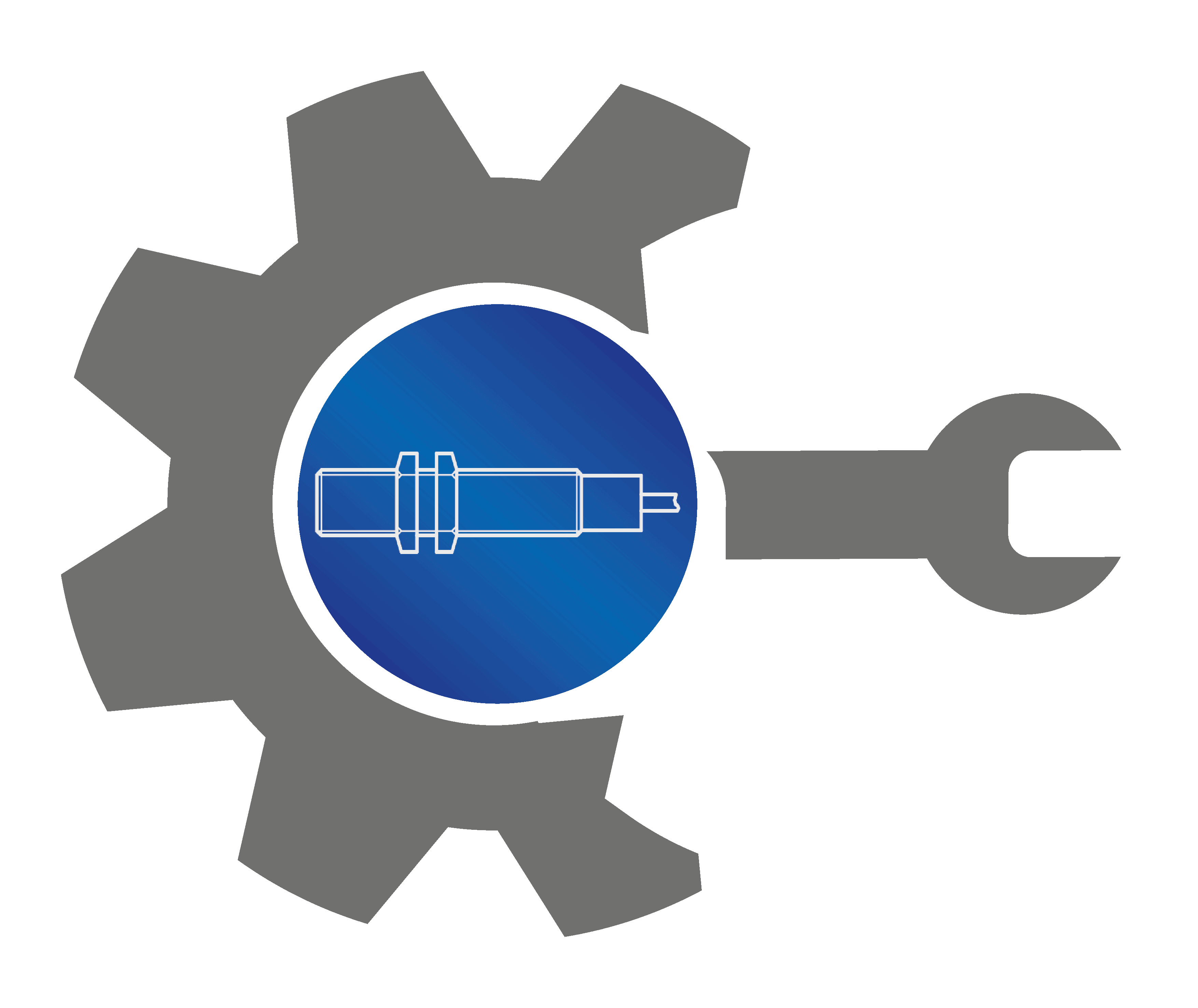
The temperature sensor
Temperature sensors are electrical and electronic construction elements that can measure temperatures using a certain electrical signal. They can transmit this signal directly or indirectly, for example via the change in resistance. They are also referred to as heat sensors or thermal sensors. Temperature sensors are used, among other things, to control circuits. Temperature sensors are also called heat detectors, temperature detectors or heat sensors.
Table of contents
What kind of temperature sensors are there and how do they work?
Temperature sensors with change in resistance or change in other physical properties
Components with directly processable electrical signal
What materials can a temperature sensor detect?
Where are temperature sensors used?
What advantages and disadvantages does a temperature sensor have?
What kind of temperature sensors are there and how do they work?
In general, a differentiation is made between resistance-changing temperature sensors and temperature sensors that use a supplied signal.
Temperature sensors with change in resistance or change in other physical properties
PTC thermistors signal a rise in temperature with higher resistance.
NTC thermistors, using metal oxides or semi-conductor, show the rise in temperature with a reduction of the resistance.
Depending on the materials used, a differentiation in measuring resistance is made between platinum, silicon and ceramics. They can be used for different temperature ranges. Ceramic semi-conductors are also very effective independent heating elements or thermal fuses.
There are other interesting materials in this area, such as temperature sensors with oscillating quartz as a measuring unit that can reliably show the rise in temperature via the change in resonance frequency and provide particularly accurate measuring results.
Pyroelectric materials react to temperature changes with a change of charge carrier density on its surface. This results in a spontaneous polarisation. So-called pyrometers measure the heat radiation.
Bimetal switches operate mechanically and make use of the bending of a bimetal to activate a switch in case of a rise in temperature.
Ferromagnetic temperature sensors feature a permanent magnet that either adheres or releases depending on the temperature. A spring tension is maintained magnetically or a switch is activated.
Fibre-optic temperature sensors generate a profile of the temperature with a glass fibre. They make use of the so-called Raman effect.
Components with directly processable electrical signal
These are integrated semi-conductor temperature sensors or solid-state circuits.
Depending on the temperature, they generate
– a current
– a voltage
– a digital signal
What materials can a temperature sensor detect?
What materials can be detected depends on the type and construction of the temperature sensor. This applies in particular for a temperature sensor that shows the change in temperature through the change in another physical value or property. Many sensors detect metals.
.
Where are temperature sensors used?
Temperature sensors can be found in many household devices such as irons, toasters, motion detectors and tools (automatically temperature-controlled soldering irons). Temperature sensors are also used in many industrial applications where circuits need to be controlled depending on temperatures. (Thermal imaging cameras and automated heating elements). A typical application area is overheat protection using microprocessors.
What advantages and disadvantages does a temperature sensor have?
Temperature sensors can provide very accurate temperature measurements.
It is important, however, to select the right construction type in order to use the sensors in different temperature ranges and environments. Some models require a deeper understanding of the complex functionality in order to coordinate them to the materials to be measured. Integrating a temperature sensor can be a challenging task. When selecting high-grade components, it is important to ensure that their technology is fully developed and any distorting secondary effects, such a heating of the resistance thermometer, are kept as low as possible.
Other interesting articles
Capacitive sensor
Find out everything about the assembly and functionality of a capacitive sensor.
Inductive sensor
Find out everything about the assembly and functionality of an inductive sensor.
Filling level sensor
Find out everything about the assembly and functionality of the filling level sensor.









